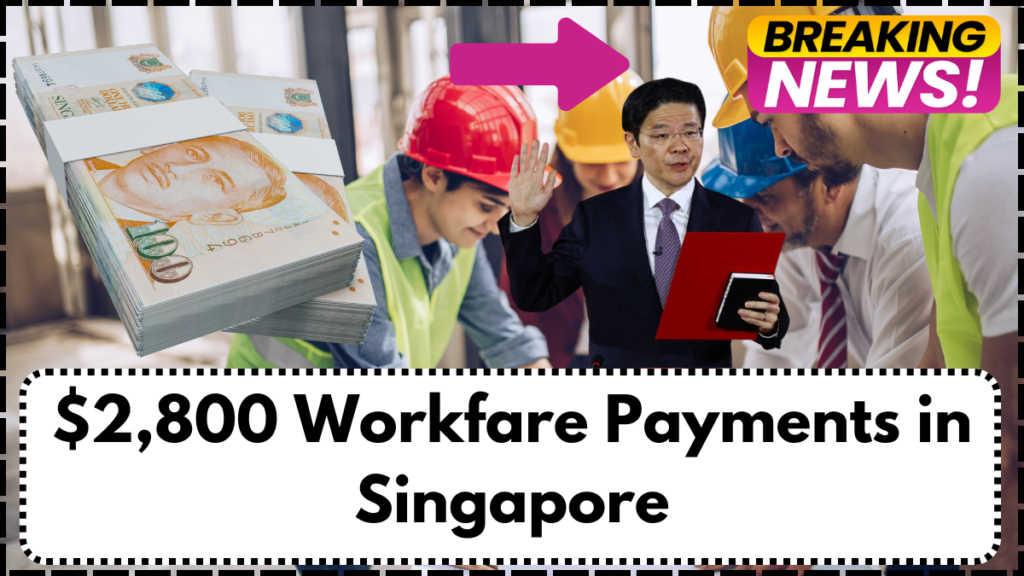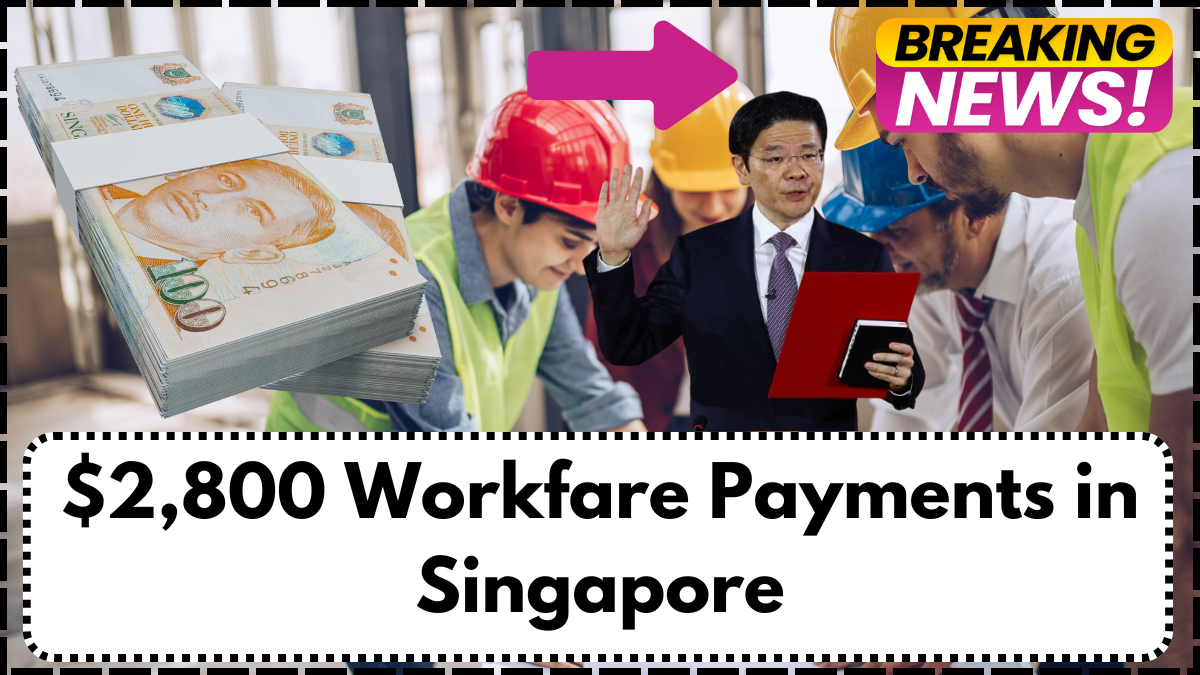The Workfare Income Supplement (WIS) is a government initiative in Singapore aimed at providing financial aid to lower-income self-employed individuals. Eligible recipients can receive up to $2,800 annually through this scheme, helping them increase their income while contributing to their Central Provident Fund (CPF) savings.
This guide provides a detailed breakdown of the WIS program, covering eligibility criteria, application processes, payout structures, and key benefits. By ensuring proper income declaration and fulfilling MediSave contributions, self-employed individuals can maximize their financial support under this scheme.

Purpose and Benefits of the WIS Scheme
The WIS scheme serves multiple objectives, all aimed at promoting financial stability among lower-income self-employed individuals:
- Encouraging Sustainable Self-Employment – Provides financial aid to support self-employed individuals in maintaining a steady income.
- Enhancing Financial Stability – Offers supplemental income to ease financial burdens and support daily expenses.
- Strengthening Healthcare Security – Ensures regular MediSave contributions, covering medical expenses and future healthcare needs.
- Building Retirement Savings – Increases CPF contributions, aiding long-term financial planning and retirement preparedness.
Who is Eligible for WIS?
Self-employed individuals must meet the following requirements to qualify for WIS:
Age Requirement
- Must be at least 30 years old by December 31 of the applicable work year.
- Individuals with disabilities qualify regardless of age.
Income Criteria
- Average monthly net trade income (NTI) must be between $500 and $2,500.
Employment Status
- Must be actively self-employed, including freelancers, gig workers, and small business owners.
- Required to declare income annually with the Inland Revenue Authority of Singapore (IRAS).
MediSave Contributions
- Must contribute to MediSave based on declared income to maintain eligibility for payouts.
Property Ownership
- Must not own more than one property.
Spouse’s Income (If Applicable)
- If married, the spouse’s taxable income should not exceed $70,000 in the preceding year.
How to Apply for WIS as a Self-Employed Person
The application process for WIS involves three essential steps:
| Step | Details |
|---|---|
| Step 1: Declare Your Income | – Report net trade income (NTI) through IRAS myTax Portal.- Ensure timely declaration to avoid processing delays. |
| Step 2: Make MediSave Contributions | – Contribute to MediSave based on the declared income.- Payments can be completed through CPF e-Cashier or approved banks. WIS processing will commence only after MediSave contributions have been fully made. |
| Step 3: Receive Your Payout | – Payments are credited through: 1. PayNow (linked to NRIC) – Preferred and fastest method. 2. Direct bank deposit. 3. GovCash (for those without a bank account). |
WIS Payout Breakdown
The amount received under WIS is determined by the individual’s annual net trade income (NTI):
| Annual NTI | Maximum WIS Payout Per Year |
| $500 – $1,200 | Up to $1,400 |
| $1,201 – $2,000 | Up to $2,100 |
| $2,001 – $2,500 | Up to $2,800 |
Important Note: 90% of the payout is credited to MediSave, while 10% is provided in cash.
Why Self-Employed Individuals Should Apply for WIS
Applying for WIS offers several key advantages:
- Additional Financial Support – Helps cover daily expenses by supplementing income.
- Stronger Healthcare Security – Ensures consistent MediSave contributions for medical needs.
- Improved Retirement Planning – Boosts CPF savings, strengthening financial security for later years.
- Encouragement for Savings and Financial Responsibility – Promotes prudent financial habits and government-backed incentives for self-employed individuals.
Common Pitfalls to Avoid When Applying for WIS
To ensure a smooth application process, avoid these common mistakes:
- Late or No Income Declaration – Failing to declare income on time may result in disqualification.
- Neglecting MediSave Contributions – WIS payouts will not be processed unless the required MediSave contributions are made.
- Providing Incorrect Information – Inaccurate details can lead to delays or disqualification.
- Ignoring CPF Board Notifications – Missing updates may result in missed payments.
Frequently Asked Questions (FAQs)
1. Who qualifies for WIS as a self-employed person?
Self-employed individuals aged 30 and above (or individuals with disabilities) earning between $500 and $2,500 per month who declare income to IRAS and contribute to MediSave.
2. How frequently is WIS paid out?
WIS is disbursed annually, based on timely income declaration and MediSave contributions.
3. Can I qualify for WIS if I have multiple income sources?
Yes, provided that your total Net Trade Income (NTI) falls within the eligible range and all other criteria are met.
4. What happens if I do not contribute to MediSave?
Failure to make MediSave contributions will result in non-processing of WIS payouts.
5. Where can I check my eligibility and payment status?
You can verify eligibility and payment status through:
- myTax Portal
- CPF Website
- Contacting IRAS
By leveraging the Workfare Income Supplement (WIS) scheme, self-employed individuals in Singapore can improve their financial stability, build retirement savings, and secure healthcare provisions. Ensuring timely income declarations and MediSave contributions will help maximize benefits and ensure long-term financial security.
Click here to learn more
Pari is a passionate writer known for captivating stories that blend imagination and reality. Inspired by travel, history, and everyday moments, Pari crafts narratives that resonate deeply with readers.
